by William Scheck
In 1944, air traffic over southern Britain was almost at the New York City rush- hour level. On any given early morning, heavily laden B-17s and B-24s would be circling, laboriously assembling into formation for runs to targets in France and Germany. Straggling home would be aircraft of the Royal Air Force (RAF), returning from their nocturnal sojourns over the Continent. Generally the craft would be slow, the American planes loaded to their limits, the RAF bombers flying delicately owing to damage from German night fighters or the accurate Flugzeuge Abwehr Kanonen (FLAK).
Newcomers Added To Air Traffic Congestion
It was all an aerial ballet, equivalent to elephants pirouetting through a slow-motion pas de deux. Now add to this mix another and more menacing entry. Heading toward London from launching sites in France and Germany were unpiloted aircraft, making only one-way trips. These were the high-speed Vergeltungwaffen, type V-1. Vergeltungwaffen is German for “vengeance or retaliation weapons.”
In late July 1944 there was yet another entry to this aerial melange. Flying in proximity to the heavily laden aircraft embarking on their missions was a B-17 flying at impossible angles and displaying an unprecedented agility. Every eye in the outgoing groups was glued to the aberrant B-17, dancing about their formations. It looked like a conventional B-17 but with the pilot having a fine time, demonstrating the exceptional flight characteristics of his aircraft.
The secret of the intruding B-17 affording such aerodynamic capability was simple if classified—it was one of the aircraft designated for Operation Aphrodite. This B-17 had been stripped down to the basic airframe. It had no crew, no guns, no turrets, no interior furnishings or amenities and on this flight, no load. It was just wings and engines and it flew like a bird. At the controls was First Lt. Fain Pool, late of the 385th Bomb Group.
Operation Aphrodite To Target V-2 Launch Sites
Lieutenant Pool had already completed 14 missions of his scheduled 30. He had grown disillusioned with flying missions to drop bombs on uncertain and indefinite targets. Operation Aphrodite as described to him seemed more to his liking. The targets involved were purported to be purely military sites, important enough to warrant a special operation, and there would be no interminable flights fraught with danger in both directions. Somehow Pool, as well as the other volunteers, had developed the notion that these missions were to be a pleasant walk in the park.
Prime Minister Churchill had been gravely disturbed by the fact that the V-1s and the later V-2s were getting through the British defenses. Although the V-1 was susceptible to antiaircraft fire and could be intercepted by strategically stationed fighter aircraft, some still reached London. The V-2s could not be interdicted by any known countermeasures available. These awful weapons, or their launching sites, had to be destroyed, and this is where the special operation and weapon came in.
Operation Aphrodite called for 65 four-engine aircraft to be remotely piloted and crashed into their targets. Twenty-one aircraft were to be fully loaded with jellied gasoline (napalm). The balance were to be loaded with Nitrostarch, an explosive closely related to nitrocellulose that had been developed in stable form as early as 1905. Nitrostarch was similar to dynamite but did not include nitroglycerin as a component. Nitroglycerin, in addition to being sensitive to shock, caused severe headaches in persons nearby.
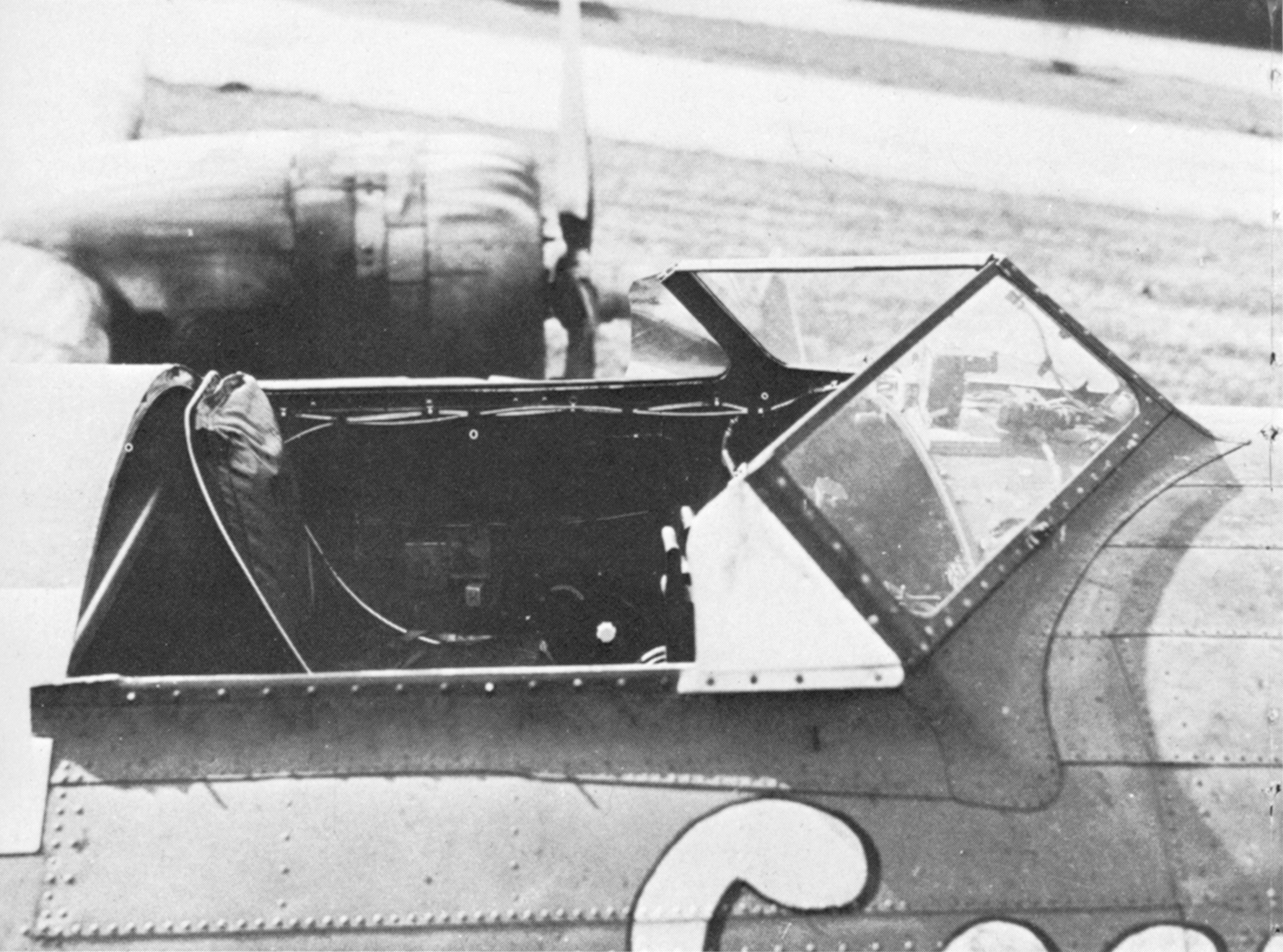
A Desperate Arms Race With German Scientists
The efficacy of napalm against infantry fortifications had been already demonstrated in the Pacific Theater. Planners believed that a planeload of napalm, crashed squarely on target, would kill all the soldiers within even if the building itself survived.
Thus planners wanted Operation Aphrodite speeded into operation. They not only saw a compelling need to reduce existing V-1 and V-2 launching sites, but they had heard of a V-3, a longer range version of the V-2. This V-3 was thought to be under development in order to rocket its payload down on New York City and Washington, DC.
The German scientific community had a well-earned reputation for developing sophisticated weaponry, and there was little doubt that given time a V-3 would enter service. The V-3, traveling across an ocean, would of course be less accurate than either the V- I or V-2, but hitting the United States would have a monumental propaganda effect. And there was an even more ominous shadow on the horizon. It was common knowledge that the Germans had been working on a nuclear device. If they could succeed, and couple it with a V-2 or V-3, they could yet stave off defeat or even win the war.
An Early Version Of Drones
Operation Aphrodite, on the surface, seemed quite simple. B-17s or B-24s would be stripped of everything not required for flight. The aircraft would be fully loaded with explosives or napalm. After becoming airborne and heading for the target area, the pilot and copilot would turn over control of the plane to a “mother” aircraft and bail out over the south coast of Britain. A pilot aboard the mother aircraft by means of radio control would direct the explosive-laden plane to the target area and put it into its final dive. Planners believed that nine tons of Nitrostarch would take out any launching site and its ancillary apparatus. The flight time of the take-off crew of the “flying bomb” was to be under 30 minutes.
The remote-control system required reliable apparatus, which the U.S. Army Air Force did not then possess. Lieutenant General James Doolittle contacted a friend, Major Henry Rand, with whom he was close and whom he knew to be familiar with such systems (his father was James H. Rand, president of the technology company Remington-Rand Corp). Fluent in German, before the war Rand had developed a friendship with General Ernst Udet, “Direktor, Forschungsamt” (director of research and development) for the Luftwaffe. Rand had acquired the vital information regarding devices being developed for guidance of free-falling bombs.
Germans Experimenting With Guided Missiles With a TV Camera
The Germans were using a device dubbed “Fritz-X,” an experimental version of a guided missile. Some versions even had an on-board television camera, transmitting pictures back to its controller. This was in 1942-43 and television was at a very rudimentary stage. Nevertheless, the Fritz-X was a significant advance and dramatically raised the percentage of target hits.
Rand had done some experimentation on his own with the Fritz-X. But the television system he had been experimenting with turned out to be too cumbersome, too expensive, and too primitive to warrant being retained. His guidance system evolved into an azimuth control system, nicknamed “AZON” for “azimuth only.”
Development was not all beer and skittles. The AZON system was able to guide a relatively small and lightweight bomb. Maintaining control over a four-engine aircraft, with a gross weight of some 55,000 pounds, was another matter. In addition, the difference in speed between the control aircraft at a higher altitude and the remotely controlled aircraft at a much lower altitude introduced problems: The faster control aircraft had to “stooge” about to avoid over-running the controlled aircraft. Moreover, testing was difficult over Britain because the skies were seldom clear.
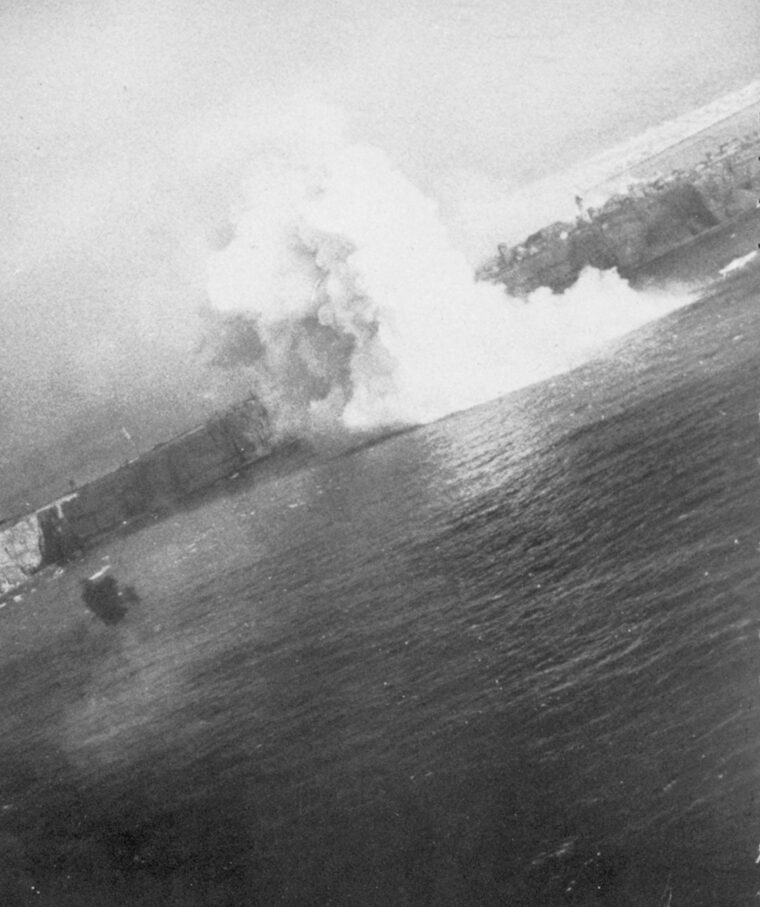
The Drone Project Put On A Fast Track
Within days of the first operational test, using an empty B-17, 8th Air Force HQ at High Wycombe issued the orders to bring the program to the front burner, with the heat turned up to the full setting.
Research was going full blast on both sides of the Atlantic. One problem engineers had to work on was reducing the tasks of the control pilot; keeping the delivery craft, also called a “drone,” in sight and under full directional control was taxing and difficult. To reduce the workload on the control pilots, engineers worked out an automatic radio altimeter, named “automatic control equipment,” or ACE, which monitored the drone’s altitude.
The time was coming for increasingly realistic tests. First, someone was going to have to take up a fully loaded drone and see if it would actually fly. Loaded with sandbags and with Major Ralph Hayes at the controls, this first test began. Lumbering down the runway, the top of its wings painted bright yellow, the better to be visible to the mother ship, Hayes’ B-17 clawed its way into the air. Most of the airfield personnel thought that it was carrying a test load of Nitrostarch. The fire brigade hurriedly turned out while everyone else headed for any available cover.
The First Test a Smashing Success
Hayes slowly gained altitude and made the specified number of orbits for testing responses to the controls. Next was the remote piloting. This test the B-17 and control pilot in the mother craft also passed. Last came the landing. Hayes felt that since no loaded B-17 drone was ever to make a landing, this part of the test only had to be accomplished once. Hayes gingerly eased the aircraft back to the runway. Even observers at some distance could hear the creaking and groaning of the components of the aircraft, taxed far beyond their design limits. The landing was a testimonial to the pilotage of Major Hayes and the industrial strength of the seemingly indestructible B-17.
Still, apprehension was building. Assigned to the operation was a Staff Sgt. Willard Smith, detailed from a parachute infantry regiment as an instructor. At one of the nightly poker games, he asked a paratroop officer at what speed troops normally jump from a C-47. The laconic answer was that paratroopers would usually go over the side at less than 90 miles per hour. Smith then told his officer that the drone crew was to bail out at a minimum altitude from an aircraft moving at between 170 and 200 mph. Not only that, they would not be exiting through the barn door of a C-47 but through a constricted navigator’s hatch. This exit on a B-17 or B-24 was uncomfortably close to one of the inboard engines. The navigator’s hatch measured two by two and a half feet. A sudden and complete silence fell over the usually raucous game.
Test With Explosive Payload And Bailout At 175 mph
Lieutenant Pool and Staff Sgt. Enterline, who was an electronics expert, were the persons selected for the first live test of the entire system. This time the B-17 was fully loaded with Nitrostarch. Not surprisingly the normal bustle at the airfield was absent. The control aircraft was already aloft as the heavily burdened drone sluggishly rose into the air. Pool and Enterline were apprehensive about the loading of their cargo. The fuselage was stacked with cases of explosive, laced together with arming wires and linked with Primacord, which is commonly used to ensure simultaneous detonation of separate parcels of explosives. Primacord, or detonating cord, is a rope-like substance that would explode, or more correctly burn, at 20,000 feet per second.
At the bail-out point, Pool noticed that the B-17’s air-speed indicator showed 175 mph. He and Enterline nevertheless jumped through the navigator’s hatch, at twice the speed at which parachute infantry left a C-47. Despite anxieties for their safety, both made it safely to the ground.
The first live test having been successful, the first real mission was next. The target was a massive masonry building, 350 by 330 feet, with the greatest amount of the building protruding from the side of a hill on the southeastern edge of the Eperlecques Forest, hard by the village of Watten. The vulnerable entrance was an opening, 15 by 16 feet, on the eastern side.
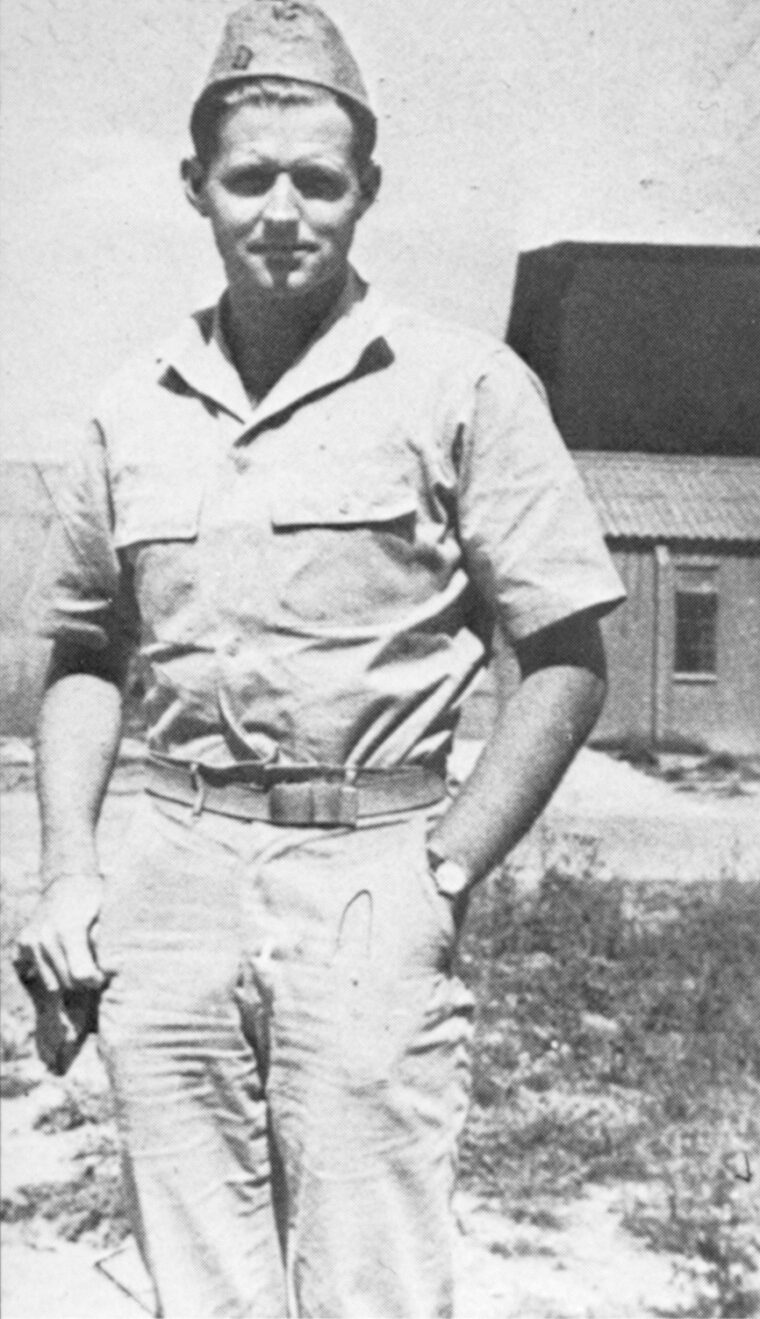
The Drone Has A Rough Go Leaving British Airspace
The control pilot was First Lt. Glen Hargis, a bombardier, who would be directing the drone from a B-24 at a higher altitude. All went well at the beginning, and the crew bailed out as scheduled. But then, while still over Britain, the aircraft suddenly entered a forest of cables dangling from barrage balloons. It missed some by only inches. This was not the last of its troubles. Soon British antiaircraft batteries began to open up on what they assumed to be a low-flying enemy. Explosions burst around the lumbering craft. But the British gunners were more fortunate than they supposed; a hit on the plane flying as low as it was would have killed everyone at the battery in the blast of the Nitrostarch. In this fashion, the first operational B-17 of Operation Aphrodite moved from hazard to obstacle toward its intended target.
Approaching the Eperlecques Forest, Hargis had trouble getting the drone to respond properly. His first pass at the target had to be aborted when the B-17 drifted off course. The second try was much better, but it brought the loaded plane directly over a well-trained FLAK battery. After two near misses, the FLAK battery scored a direct hit, and there was a massive explosion. Not only was the B-17 destroyed, so too was the FLAK battery.
Germans Fooled Into Thinking FLAK Destroyed The Plane
The target of the next mission was a V-1 launching site at St. Omer. During the St. Omer attack, the drone had overflown some FLAK batteries, which had fired without effect. The nearest FLAK battery erroneously claimed the destruction of the B-17. They reasonably concluded that when the B-17 dived to the ground it had been the result of their antiaircraft fire. Actually, the B-17 had tried for, and missed, its target. The Luftwaffe Aufklarung Abteilung (Air Force Intelligence Detachment) filed the following report:
“Aircraft shot down by FLAK. Attack was directed at construction work. Aircraft exploded upon impact and tiny fragments were scattered over a radius of 1,500 meters [4,900 feet]. … Aircraft had maintained course even when under FLAK attack. … No traces of a crew or aerial guns were found. A great quantity of explosives must have been used, based on complete destruction of aircraft.”
The German High Command could put two and two together; they were well aware that this type of attack would be continued and would be directed on specific targets. The V-1s had been using prepared fixed launching sites but now semifixed site preparations began. The V-1 launch sites, however, had a strong visual signature and locations were being reported by French underground operatives.
V-2 Mobile Launch Systems Confounded Allies
The more sophisticated V-2s oddly enough could be launched from impromptu sites. The entire V-2 launch system had been reduced to a series of modules, mounted on trucks and trailers. Although complex, the entire system including the missile could be assembled and linked together on village squares, plazas, or temporarily blocked street intersections. All that was required was for the launch operation to remain undisturbed for the 90 minutes it took to assemble, fuel up, and blast the missile off. The apparatus would be speedily unhooked and then trundled back to the support base for rearming and reloading. Such operations could be caught in the act by the increasingly effective Allied free-ranging fighters, but the attack window was very small.
Then the Allies got a boost, taking the form of new and better equipment just out of the US Navy research installations at Traverse City, Mich., and Clinton, Okla. Along with the new devices came a new navy lieutenant.
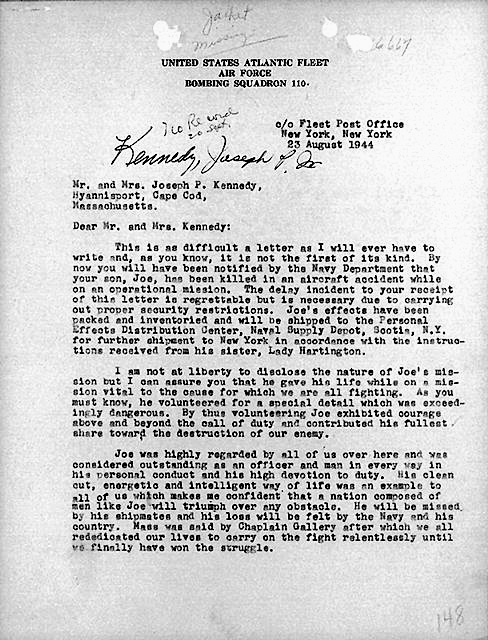
Lieutenant Kennedy Won Hearts And Minds With Alcohol Resupply
He was sturdily built and hawk-faced. Gregarious, he soon blended easily with others already assigned to the operation. It was a surprise to all when it turned out that he was Lieutenant Joseph Kennedy, Jr., eldest son of the former U.S. Ambassador to the Court of St. James, one of the wealthiest men in America, who was being groomed by his powerful father for his country’s highest office. Kennedy became instantly popular when he personally set off on a supply mission to the U.S. Embassy in London and returned with an assorted load of gin and whiskey plus several cases of the even more valued Pabst Blue Ribbon Beer—the Americans had never quite acquired the taste necessary to enjoy the local British beer served at room temperature.
In a clear early afternoon so rare in Britain, Lieutenant Kennedy together with Lieutenant Wilford Willy cranked up “Zootsuit Black,” a B-17 fully rigged for their mission. This time the target was to be a launch site at Mimoyecques, France. Kennedy’s pilotage was highly regarded and this takeoff was noted as being exceptionally smooth. Perhaps the misapprehensions, doubts, and plagues of poor luck were about to end. The Zootsuit Black was the best Operation Aphrodite had to offer. It was equipped with a television camera transmitting a picture to the controller in the mother ship. In fact, much vital equipment had significantly improved in the short time the operation had been under way.
Mysterious Loss Of Kennedy And Zootsuit Black Craft
Kennedy and Willy reached the village of Middleton, which was their initial point (IP) and their first fix for a turn to a heading taking them to Clacton-on-Sea for their bail out. The control pilot, Lieutenant Harry Wherry, was calmly observing Zootsuit Black through his windshield when there was a sudden flash of light where the laden B-17 had been. A massive jolt hit the mother ship and Wherry had to fight to regain control of his aircraft. Where Kennedy, Willy, and a loaded aircraft had previously been was now almost empty sky raining small particles of debris.
The loss of Kennedy and Willy, who had both been very popular with all of the men of the operation, hit the unit hard. No one could figure out what went wrong. The destruct switches on the mother ship were examined and found to have their seals intact. The loss of Zootsuit Black has to this day remained one of the unexplained mysteries that arise in wartime.
Lieutenant Kennedy was put up for the Medal of Honor. The Navy Board of Medals and Awards disallowed it. But both Kennedy and Willy were awarded the Navy Cross, the nation’s second highest decoration.
Operation Aphrodite Becomes Irrelevant
Bad luck continued to dog Operation Aphrodite. It was now beginning to be overtaken by events. The launch sites at Watten, bombed even before Aphrodite, had secretly been abandoned. A newer site had been established at Wizernes, which had been subsequently ruined by American and British bombers. The site at Siracourt, as well as the target of Mimoyecques that had cost Kennedy and Willy their lives, was likewise reduced to rubble. What was most disturbing was that Mimoyecques had been abandoned in May 1944. Not much later after the Kennedy-Willy disaster Allied troops began swarming over many launching sites in their race across northern France and Belgium. Aphrodite’s raison d’être no longer existed.
A secondary operation was explored for the air assault against Japan, but targets that would warrant an Aphrodite Operation were rapidly being eliminated. The use of drone aircraft was never implemented in the Pacific theater. Operation Aphrodite was finished.
At the least, Operation Aphrodite demonstrated that guided missiles would be a serious consideration in the future. The losses sustained in a possibly unnecessary operation were based in large part on faulty information that is always part of the price of victory. And here the price was high. It is quite possible that one of the pilots lost may very well have become a future President of the United States.
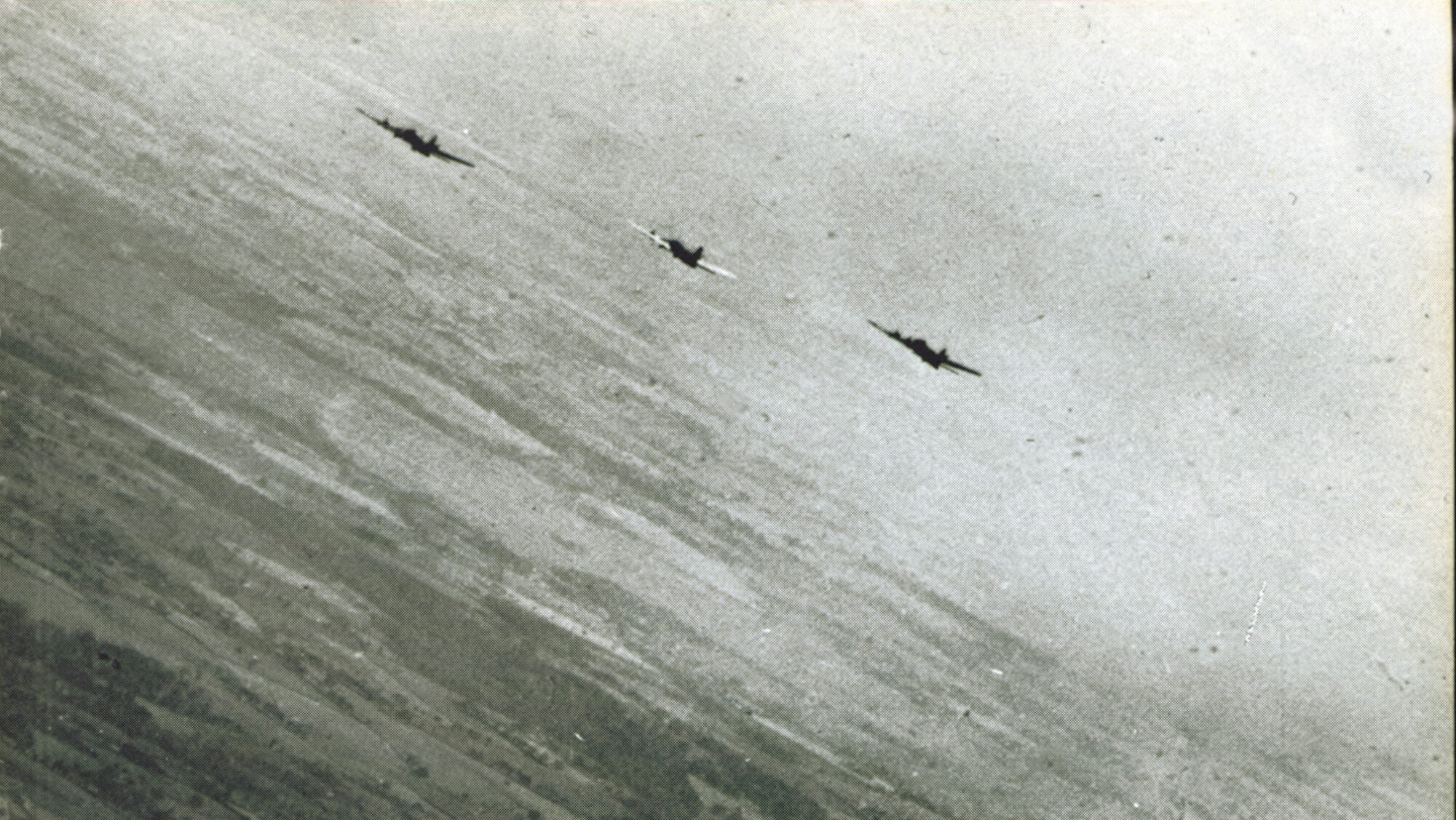
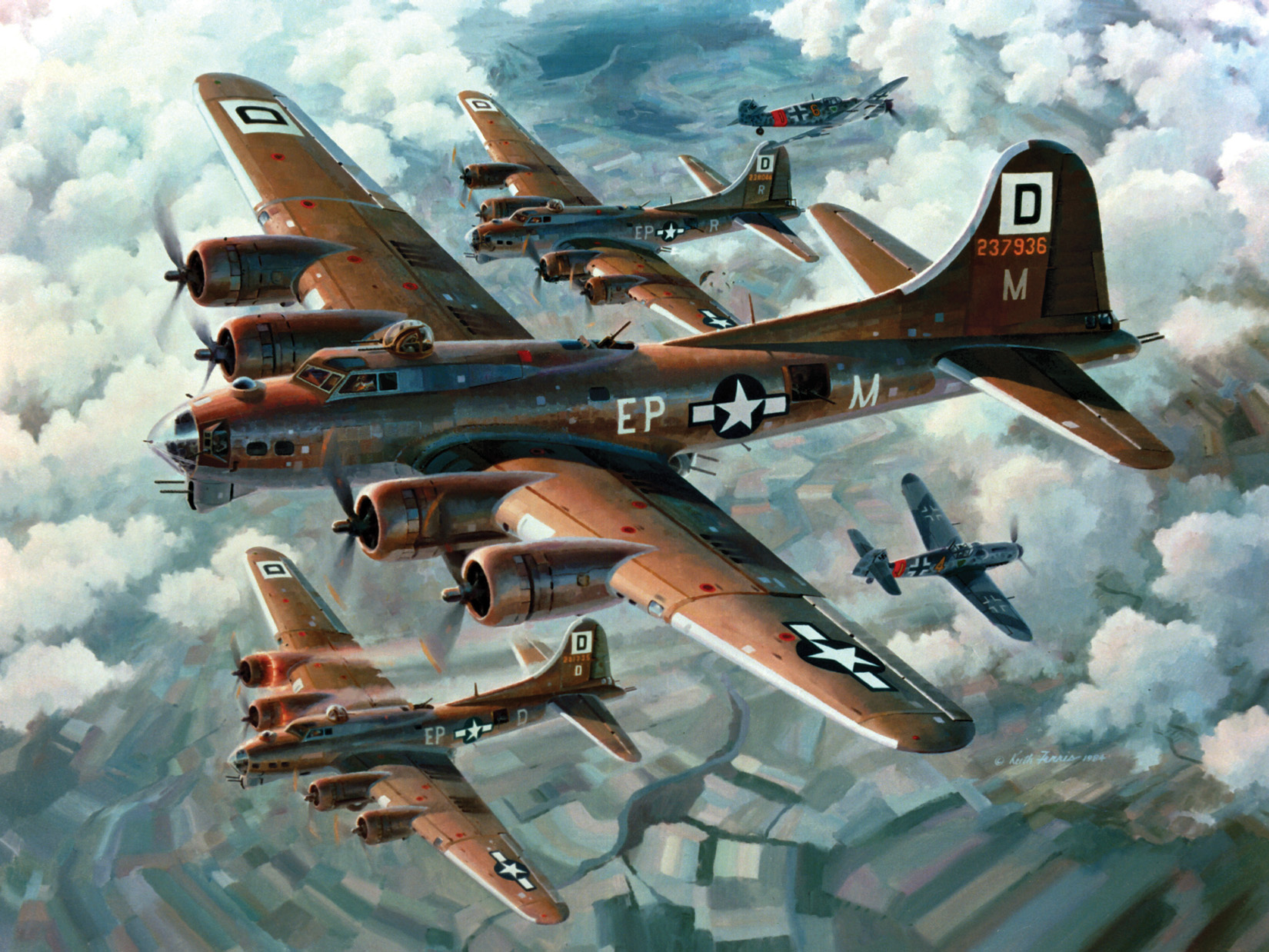
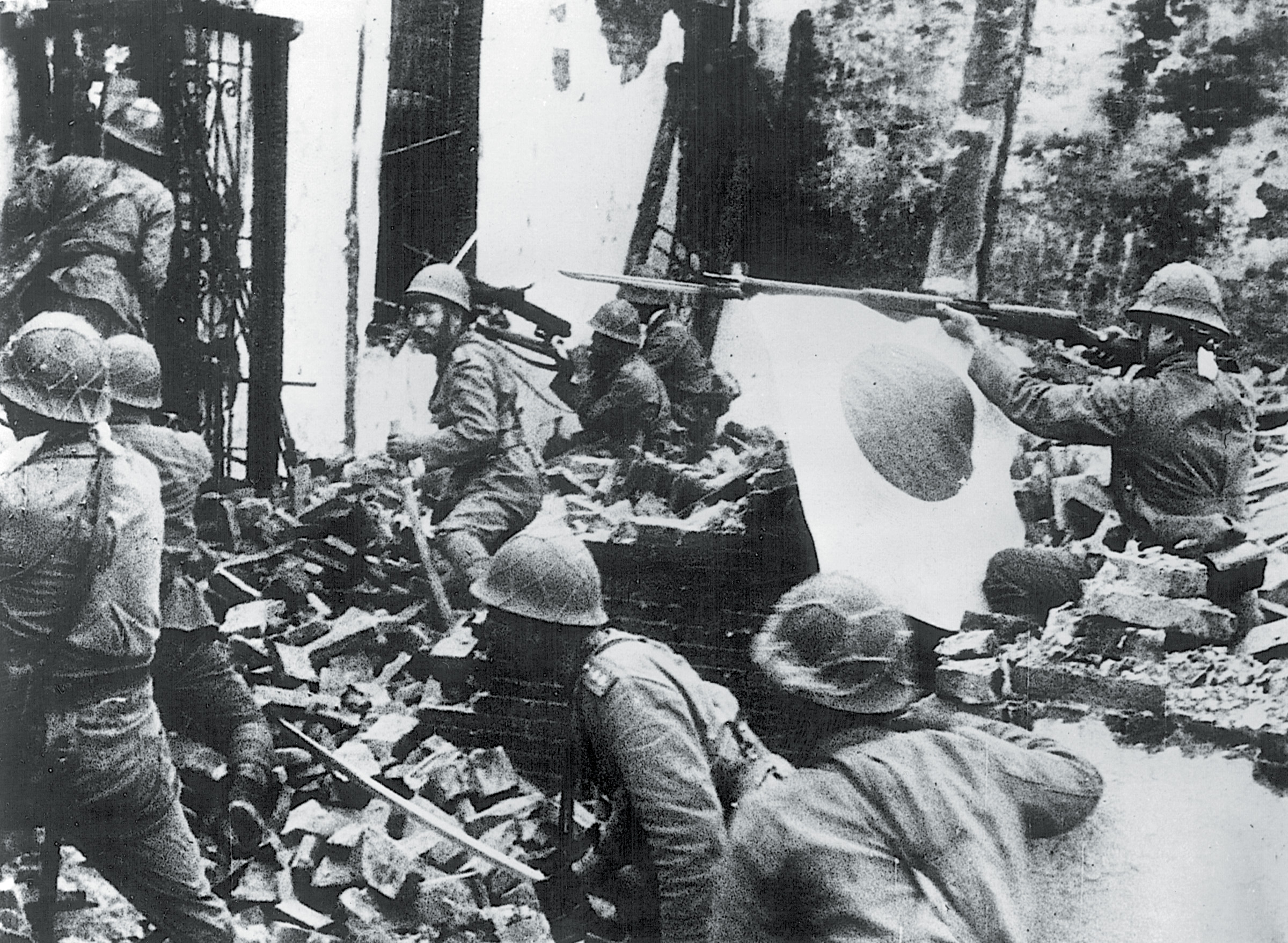
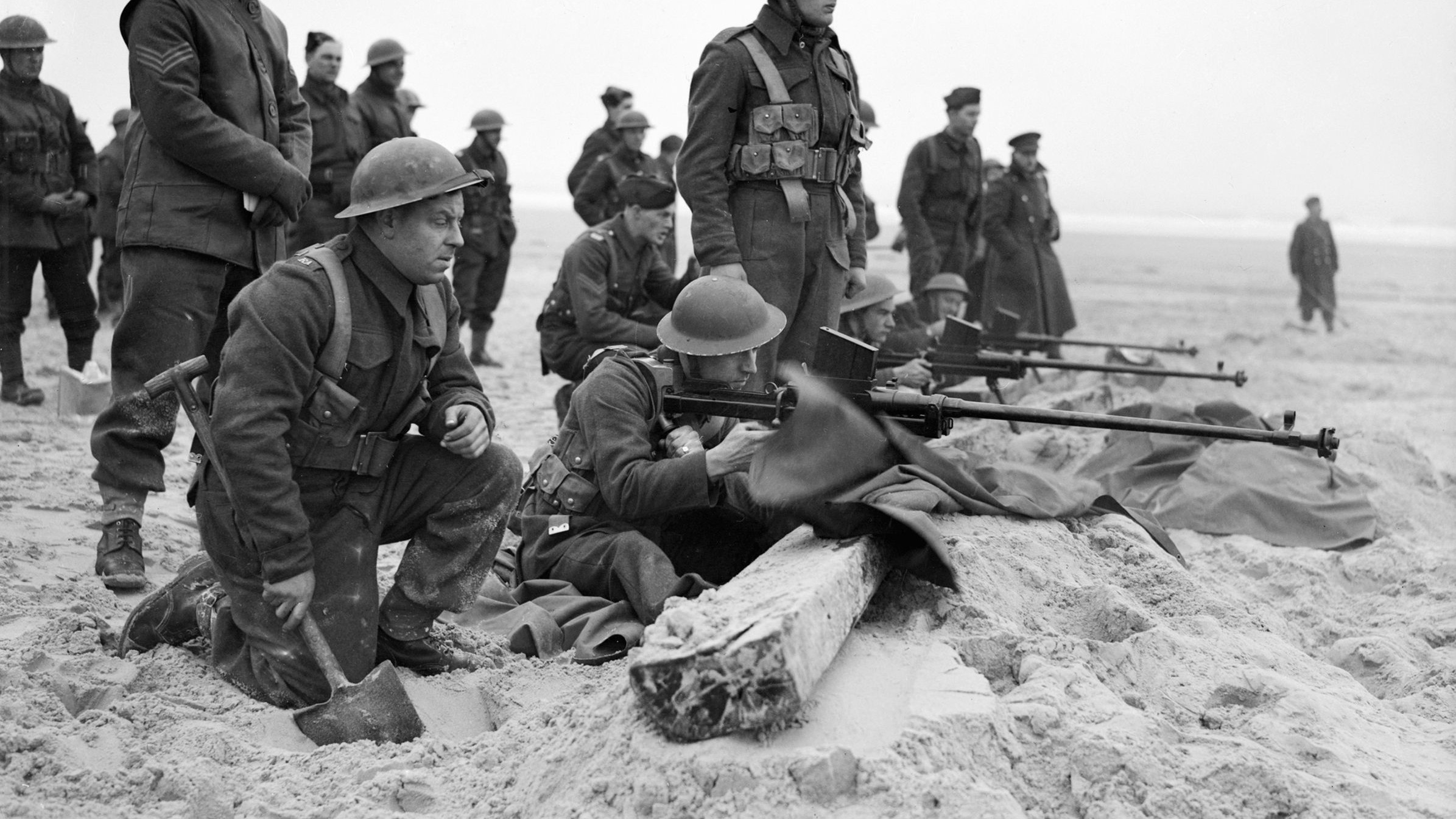
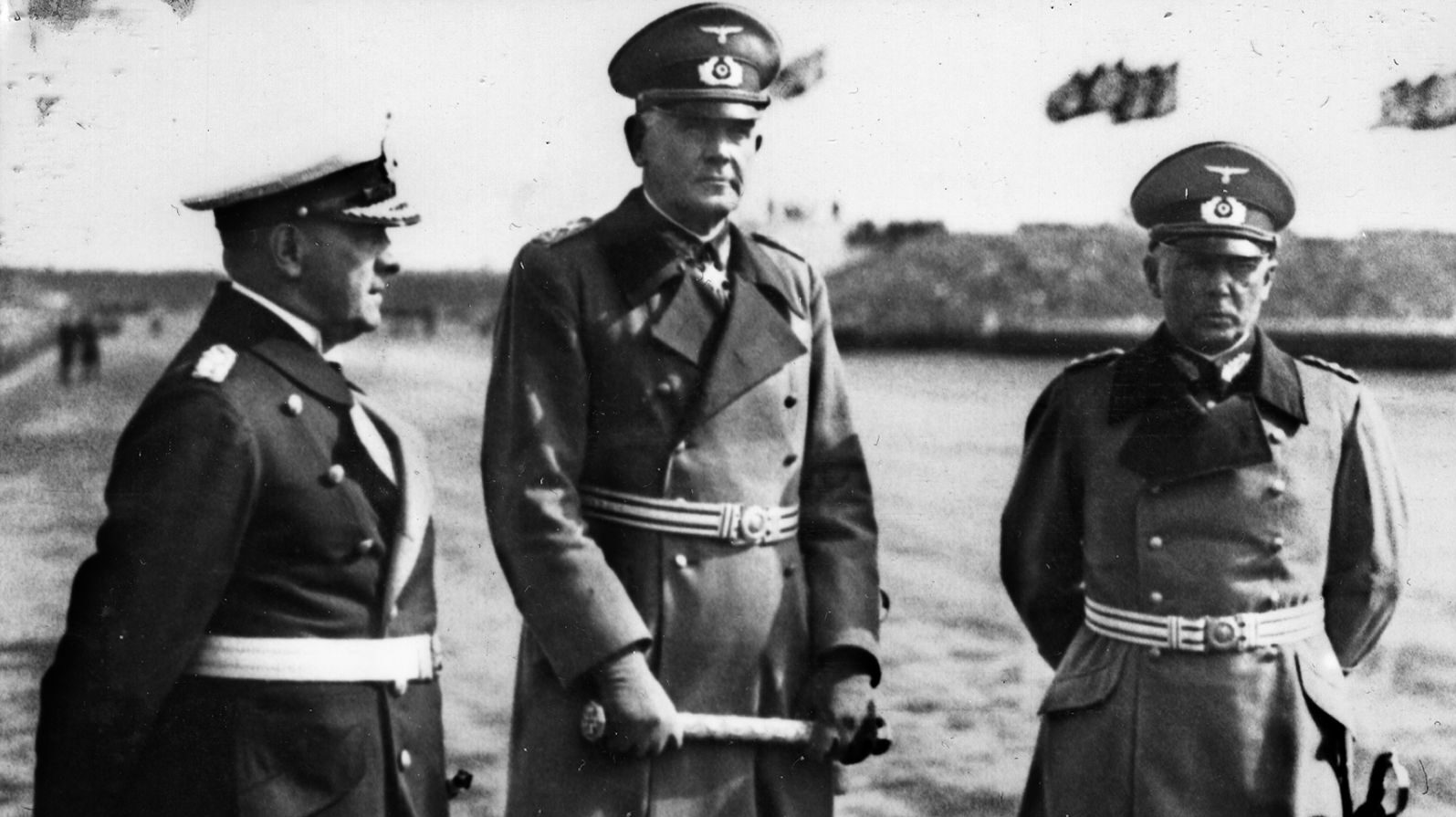
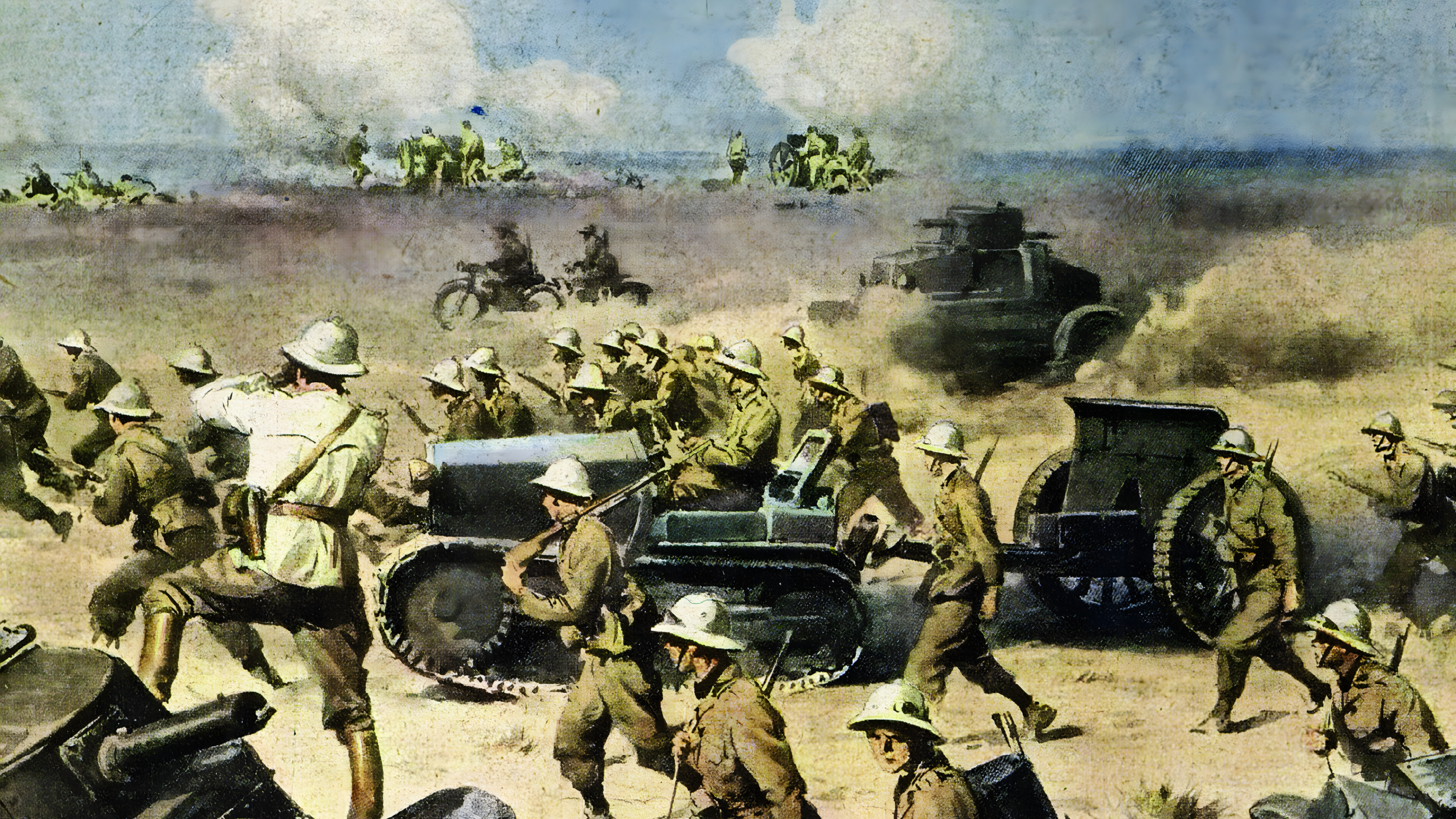
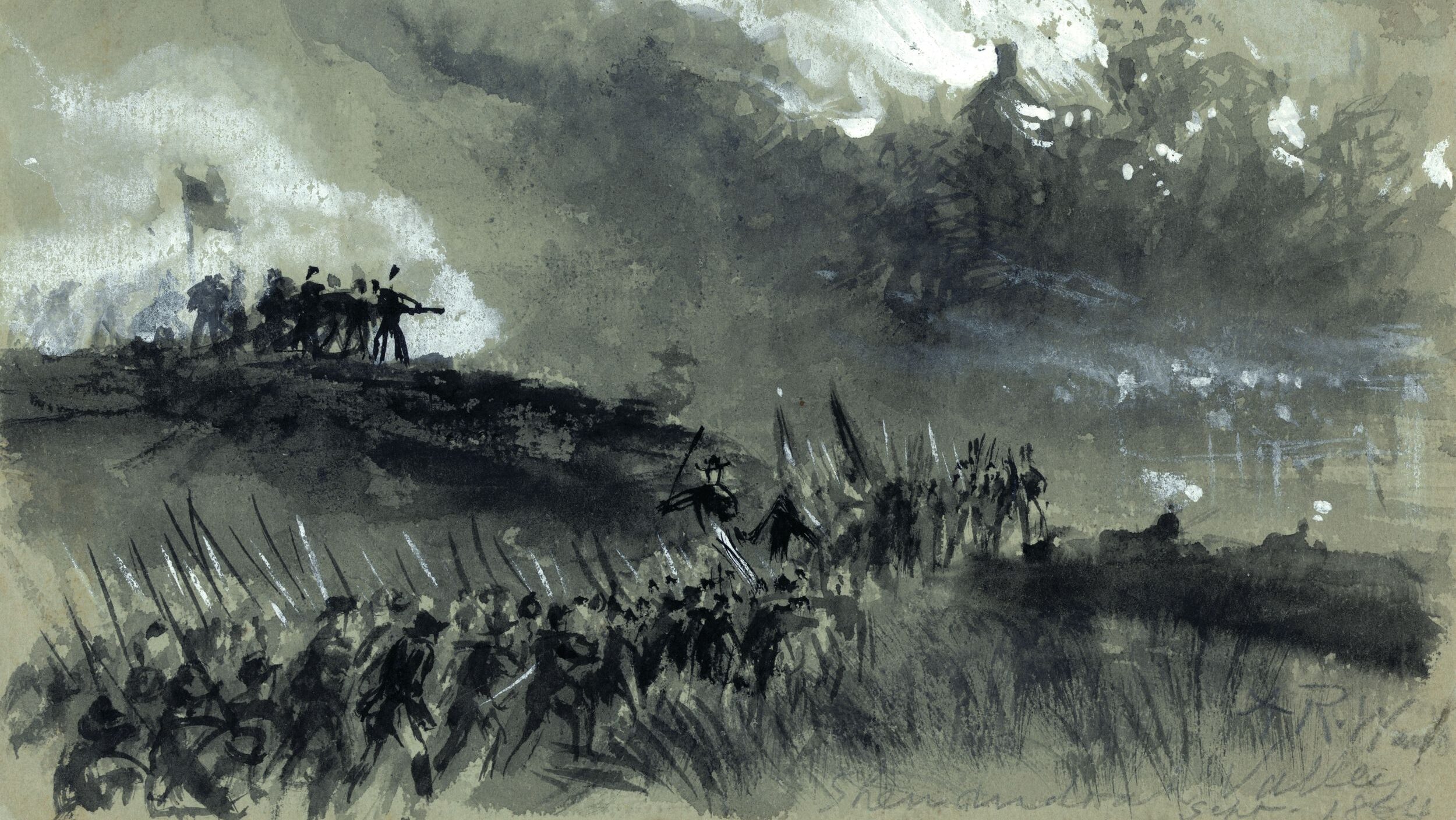
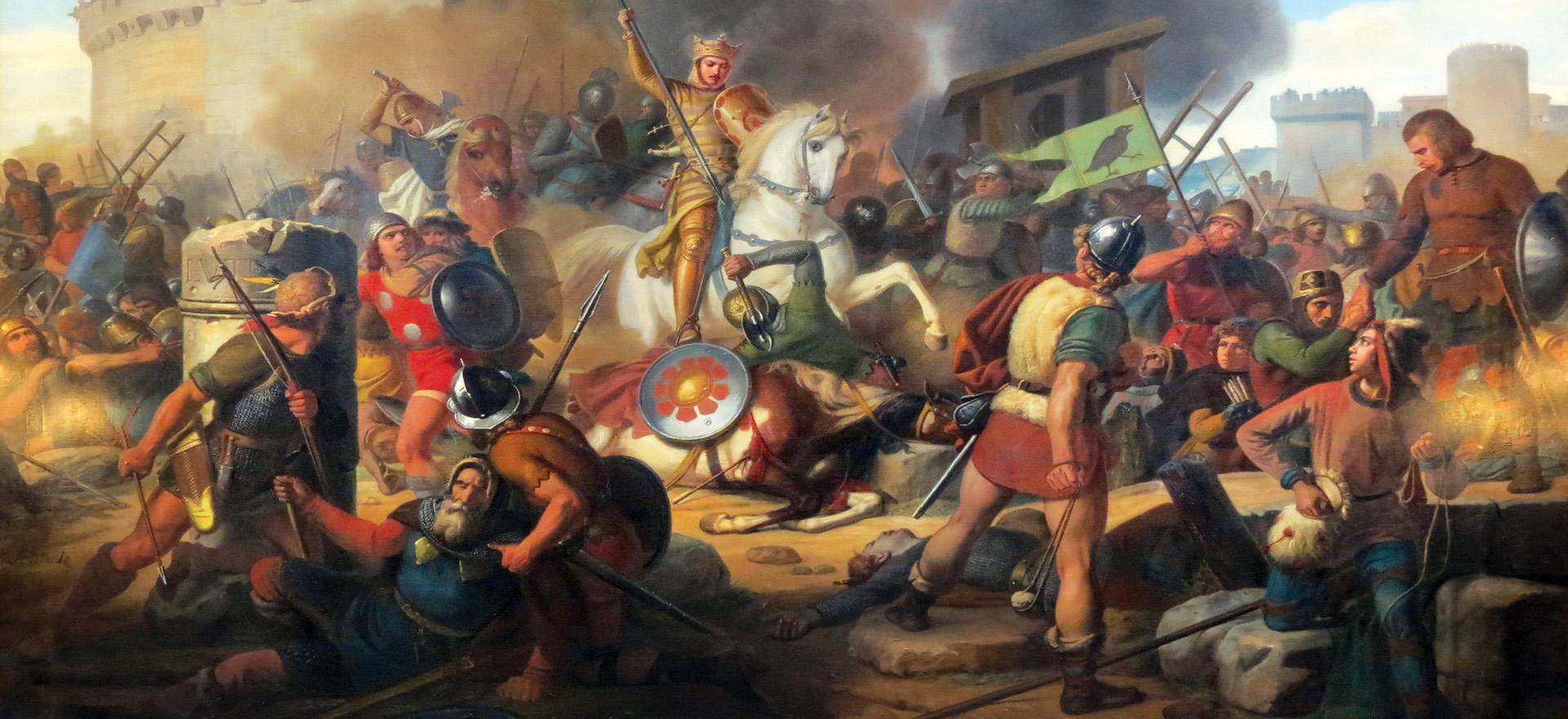
Excellent article article, but needs attributions, especially as regards first tests.
What about Eglin Field, Florida and Wendover in Utah